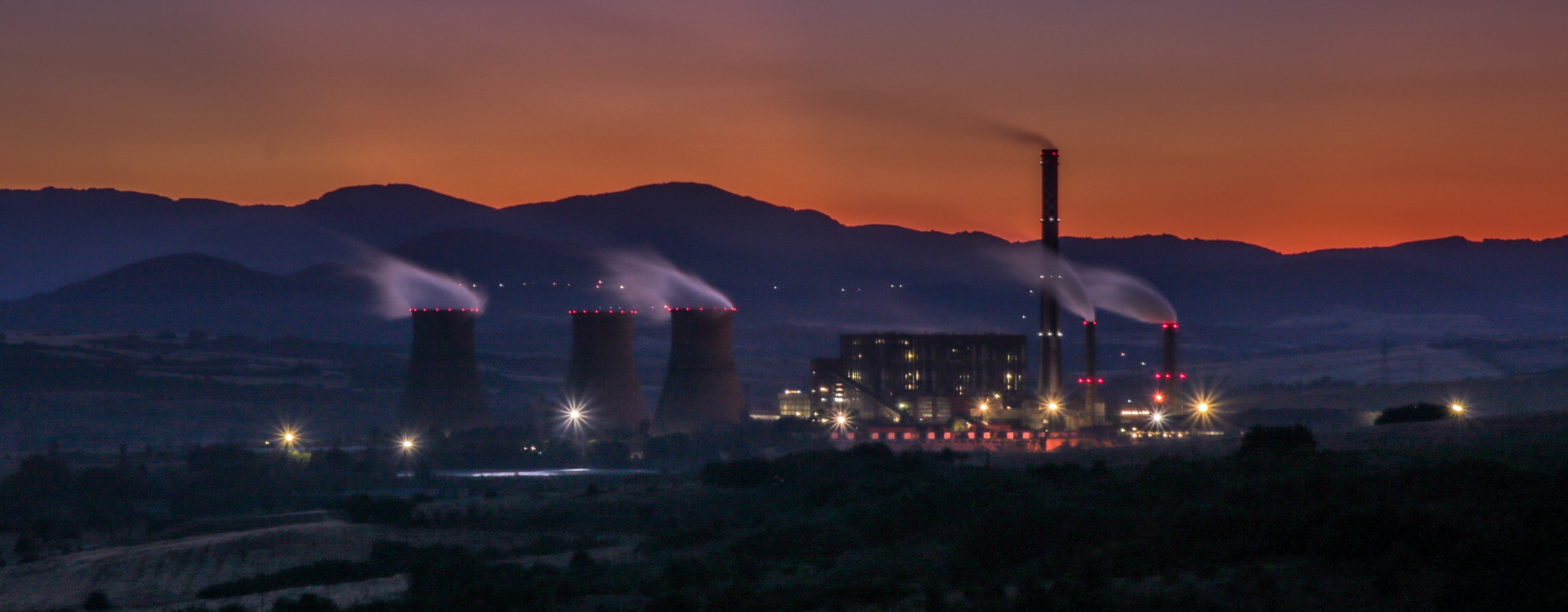Itasca has been involved in the real-time monitoring, post-processing, and quality assurance of enhanced oil recovery projects using single- and multi-stage hydraulic fracturing. Company experience covers a wide variety of completions, acquisition geometries, and treatments, employing novel processing techniques where necessary to improve the quality of information feedback to oil and gas reservoir stimulation design. As part of these services to the energy sector, Itasca runs a research and development program that has produced advanced algorithms to locate seismic sources using geometrically limited arrays, such as geophone strings in a single borehole, and under low signal-to-noise conditions, using source scanning, wave polarization analysis, point-to-point raytracing, wavefront construction, and advanced filters for signal processing.
Microseismicity (MS) monitoring is now a standard tool for evaluating the geometry and evolution of the fracture network induced during a given treatment, principally by locating MS hypocenters and visualizing these with respect to the treatment volume and infrastructure.
The combination of microseismic monitoring and analysis applied to field and laboratory observations with state-of-the-art geomechanical simulations offers a unique and powerful method of understanding in-situ rock mass behavior. The modeling allows predictions of the rock response to be made based on the properties obtained from laboratory experiments. The microseismic data is then collected in the field to validate the model. Appropriate refinements are made to provide a realistic interpretation of the true behavior. This combination is essential for the concept of Fracture Network Engineering (FNE) which involves the design, analysis, modeling, and monitoring of infield activities aimed at enhancing or minimizing rock mass disturbance. FNE relies on advanced techniques to model fractured rock masses and correlate microseismic field observations with simulated microseismicity generated from these models.
Itasca’s full integrated microseismic processing service provides:
- Real-time processing of microseismic data to provide feedback of information to engineers on the position, growth, and effectiveness of a hydraulic fracture simulation, and mapping extraction and injection paths in a producing field
- Real-time imaging of the position, growth, and effectiveness of hydraulic fracture stimulation to assess completion objectives
- Post-processing of MS data for a greater understanding of the treatment history and fluid migration; analysis of microseismic parameters and clustering yields treatment hot zones and provides for an assessment of the completion objectives
- Alarm system for customized magnitude and rate thresholds
- Full integrated processing service from array design, through data management, processing, and reporting to advanced interpretations with dynamic numerical models to better understand the growth and activation of the fracture structures
- Advanced analysis of microseismic data yields information on fracture networks such as distribution, persistence, and orientations, and can describe the mechanisms behind the fracture growth—leading to a better understanding of reservoir behavior
- Site and regional seismic characterization
- Design and optimization of monitoring arrays
- Quality control of acquisition settings and microseismic dataset
- Microseismic processing software with full training and support
